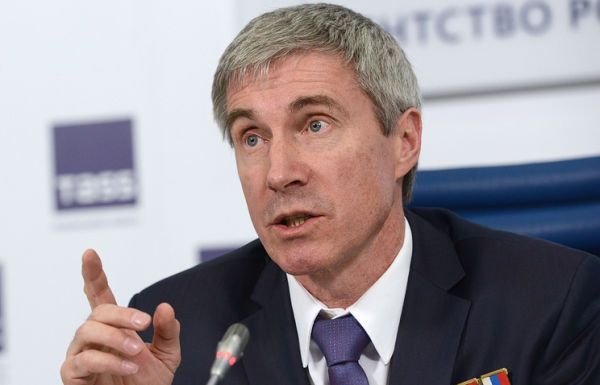For flights, you will have to find a replacement for the Russian " Unions"
Saint-Petersburg. June 17. INTERFAX-Roscosmos is studying China's proposal to send Russian cosmonauts to the Chinese space station, but specific negotiations have not yet begun, Sergei Krikalev, an adviser to the head of the state corporation, told Interfax.
"The Chinese are inviting me to work for them, but so far there are no real conversations," Krikalev said on the sidelines of the GLEX space conference.
He also noted that the flights will need to find a replacement for the Russian "Unions". "We will not reach their station on our own ship, there must be a different scheme. What-so far, there are no specific conversations, " he added.
Earlier, the head of Roscosmos, Dmitry Rogozin, announced negotiations on sending Russian cosmonauts to the Chinese space station.
On May 24, Roscosmos 'executive director for science, Alexander Bloshenko, told Interfax that the state corporation and the Chinese Space Agency had reached an oral agreement on the mutual integration of their manned spacecraft with the two countries' superheavy launch vehicles. On March 17, the corresponding idea was expressed by the head of Roscosmos. "I do not rule out that, if there is a political will, it would be possible to adapt our ship to their rocket and, conversely, their ship to ours," Rogozin said.
The basic module of the future Chinese space station was launched in April this year, in total, it will take 11 launches and a little more than a year to complete its construction.
It is planned that two laboratory modules will be put into orbit, which will be docked to the base module, and four cargo and four manned spacecraft will be launched. The manned Shenzhou-12 will deliver three astronauts to Tianhe to assemble and connect the delivered equipment. The ship with the crew on board went to the station on the night of June 17 (Moscow time).
The total weight of the station after completion of its construction will be about 100 tons. It will be several times smaller than the International Space Station.

